Coronavirus (Covid-19) and working from home
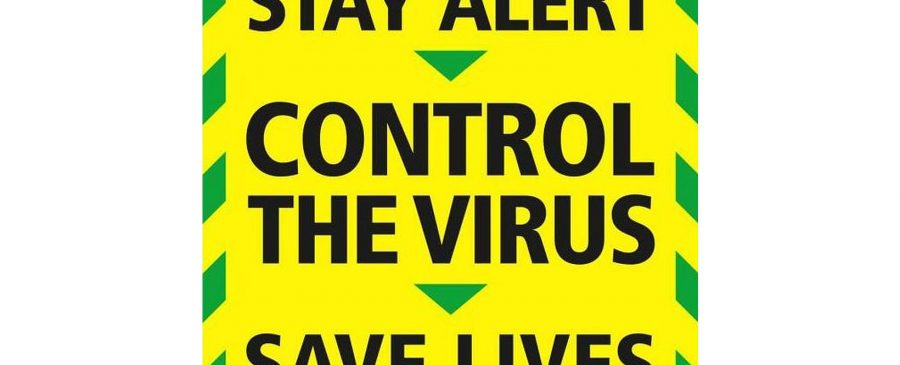
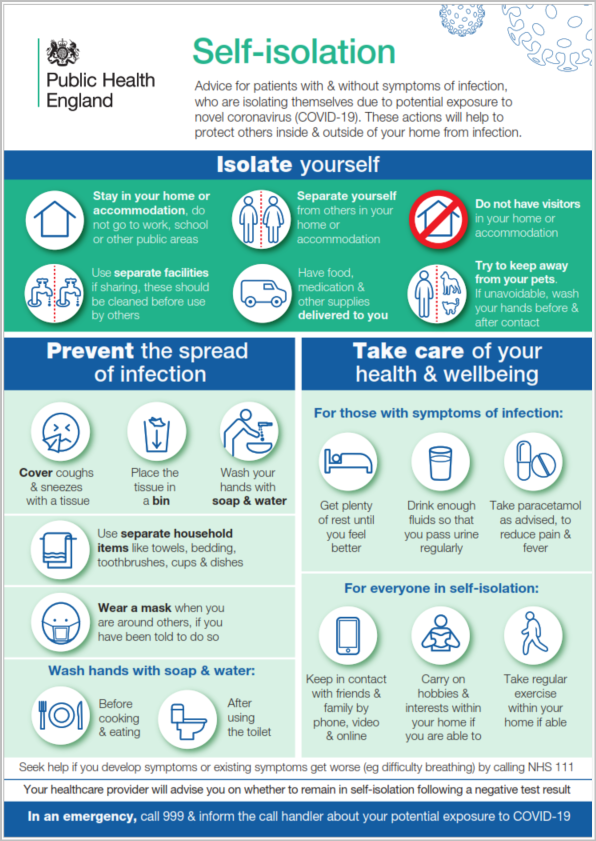
The UK Government's advice is constantly being updated. It's no longer 2m social distancing but 1m+ if you can't achieve 2m. Government guidance is now that the majority of business sectors can open but if you can work from home you should still do so. Business need to prove that they are "Covid Safe" before staff can go back to work. Again only IF you are not still classified as Shielding. Shielding rules change again 1st August. The request is still only use Public transport if you have too. The finite rules continue to differ between, England, Scotland, Wales and Northern Island.
BOTTOM LINE : Coronavirus continues to be a significant risk to health & life (as well as wellbeing and livelihood). All practicable steps should still be taken to minimise risk of transmission, from both face-to-face or contact with surfaces. It all boils down to Maths - We need to continue with actions that reduce the probability of catching it / passing it on. Uncontrolled environments are therefore the highest risk.
If you can open there are a number of techniques that can help. Putting in a staff rotation system, between home and place of work, to enable business to carry on but reducing the risk of exposure both in the workplace and whilst travelling. It may also be possible to segregate different areas of the business reducing even further the chances of transmission. If it's practicable then splitting into shifts can really help to minimise risks. Plus if a person does test positive then the worst case scenario is that you lose one shift not your whole workforce.
All staff identified as At Risk, including over 70's and medically vulnerable people are still being asked to isolate themselves. Although rules are slowing being modified (This includes my wife who has Lymphoma).
The UK Government's original "Stay at home" guidance has now been split into two sections, general advice and additional measures for those who possibly have Coronavirus.
Working Safely guidance.
https://www.gov.uk/guidance/working-safely-during-coronavirus-covid-19
Specific "those potentially infected" guidance .... There is still no update on the need to drive 30 miles, with your child, to check your eyesight 😉
https://www.gov.uk/government/publications/covid-19-stay-at-home-guidance/stay-at-home-guidance-for-households-with-possible-coronavirus-covid-19-infection
Anyone who can work from home SHOULD work from home
The Government as reiterated "Every employer must take all reasonable steps to safeguard the health, safety and wellbeing of employees during the COVID-19 emergency, whether working from home or in the workplace"
The HSE and ACAS also have good guidance on home working;
https://www.hse.gov.uk/lone-working/employer/manage-the-risks-of-working-alone.htm
https://www.acas.org.uk/working-from-home
If best practise is followed safe and effective home working can be introduced quickly and as stress free as possible for all.
Click here to read our blog on Working from home blog for some great tips.
Home working does have its advantages, not just at the moment for literally saving lives but also stopping that life waster and now potentially highly risky – the daily commute.
BUT when you are working from home your organisation still has a legal duty of care for your safety and wellbeing, even if it’s just temporarily or occasionally. Please don't think it's a case of "don't worry, just stay at home and work".
HSE still state "You have the same health and safety responsibilities for homeworkers and the same liability for accident or injury as for any other workers. This means you must provide supervision, education and training, as well as implementing enough control measures to protect the homeworker."

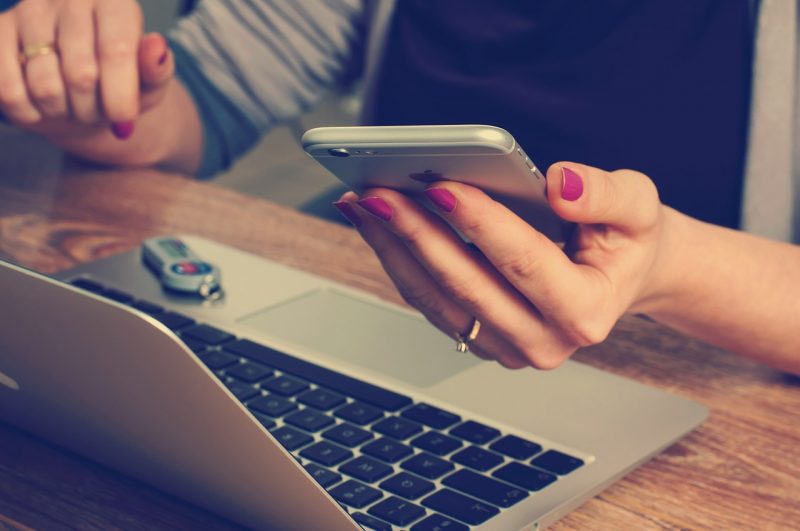

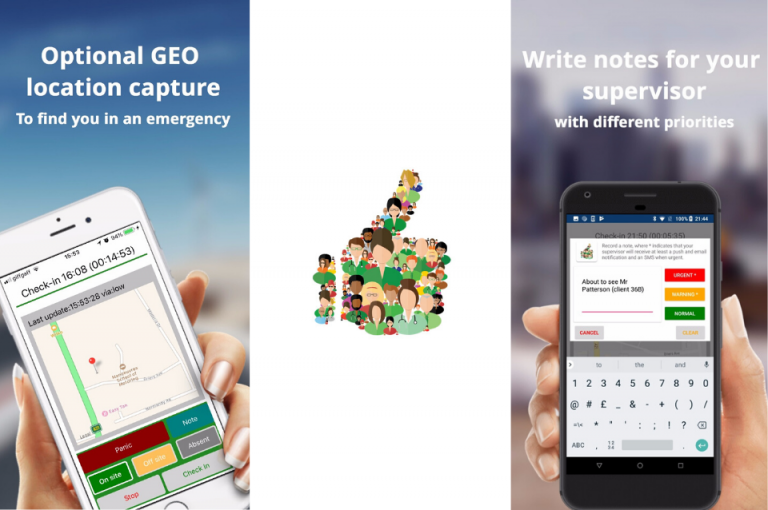
To ensure accuracy we have linked to reliable sources and used informative graphics provided by GettyImages, NHS & BBC.
Working from home does have its own risks and these need to be assessed and managed to remain within the law. This ranges from having the correct equipment and work space to ensuring safe working posture.
The other key element of this legal duty of care is that the Organisation must know the home worker is safe. Where ever an employee is, during the hours that they are working, you have a legal duty of care to ensure that are safe, to know what potential risks there are and to mitigate against them where possible.
Working from home doesn't usually present significant risk so simple solutions can work. Manual call-in procedures have their place but require home workers to remember and supervisors to receive all the calls and log them every few hours. These systems may be simple but are not robust and too often fall down, just when they are needed the most.
So MyTeamSafe is stepping up to get everyone up and running as quickly possible to ensure WFH / lone working staff and your business is protected.
We are offering a free full "concierge" service where one of our team will be your dedicated contact and get everything set up and running exactly as you want. Just contact us. Of course this is on top of the Free 1 month trial.
You can still register on-line and do everything yourself and be up and running in 15mins with a few users.
https://www.myteamsafe.com/app.html#/register
Users just download the app and log-in. Simple to use, regular check-ins, automated escalations and location tracking, if needed.
You keep control, no impersonal Call Centres (ARC/Alarm Receiving Centres) that don’t know you or your business.
If you need support just contact us.
The awarding winning MyTeamSafe safety system is widely used by Individuals, Charities, small and large Organisations across the UK and Internationally to protect staff and their business, everyday.
Find out more here https://content.myteamsafe.com/
OR Watch our full demo of the system in action https://content.myteamsafe.com/myteamsafe-demo-video/
IN THE BEGINNING
Coronavirus is a common and large family of viruses, from the common Cold to more severe respiratory diseases. Covid-19, which is spreading across the world, seems to be a much more contagious variant.
As with many respiratory diseases the biggest risk is to people with cardiovascular or other underlying health vulnerabilities. Although full statistics are still their infancy the current estimated overall death rate is around 1% of infected people. But the death rate is significantly higher with underlying health issues, especially the elderly.
Although Covid-19 is a pandemic and crippling health services and the economies around the world. We all seem relatively comfortable with words like Influenza or Flu, but this virus is estimated to kill between 250,000 and 500,000 people every year.
Coronavirus Covid-19 is so scary because there are currently no vaccines so there is no way to stop it, except by braking the path of transmission with self-isolation and social distancing .... which we ALL must do. It's not a personal choice it's an instruction to the nation to save lives.
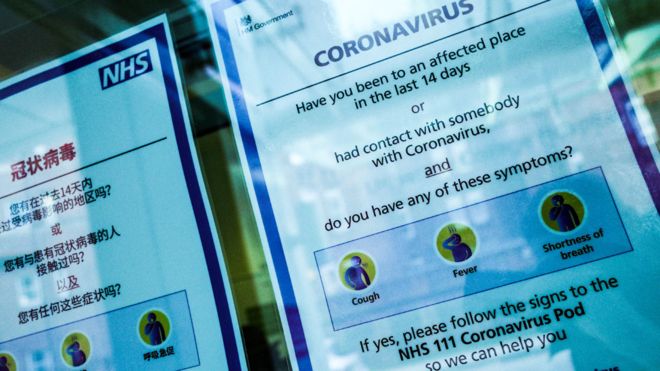
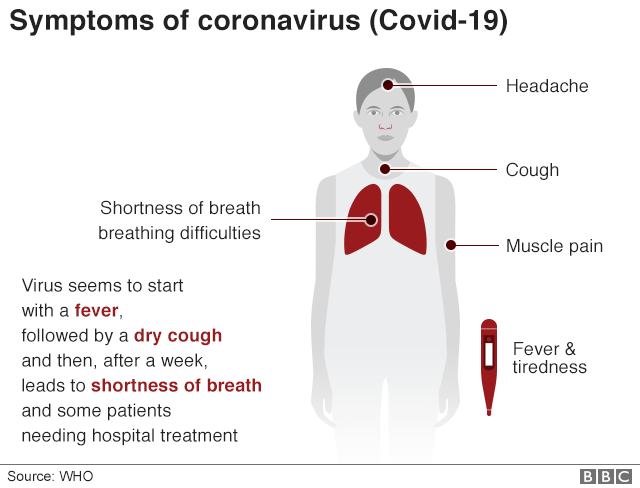
The common symptoms of Covid-19 are:
* Typically starts with a high temperature (FEVER)
* Followed by a DRY cough
* Shortness of breath, after around a week
* Loss of taster and/or smell (as finally been added)
But these symptoms do not necessarily mean you have the illness.
The symptoms are similar to other illnesses that are much more common, such as cold and flu.
As it’s such a rapidly changing picture here are some useful quick links to get reliable information.
Advice is constantly being update but basic common sense and hygiene has the most significant impact on preventing the spread of an easily transmitted virus.
DO cover your mouth and nose with a tissue or your sleeve (not your hands) when you cough or sneeze
DO put used tissues in the bin immediately (and then wash your hands)
DO wash your hands with soap and water often - use hand sanitiser gel if soap and water are not available
DO try to avoid close contact with people who are unwell
DO NOT touch your eyes, nose or mouth if your hands are not clean
HOW DO YOU WASH YOUR HANDS PROPERLY ? - Hand washing is one of the most effective ways of stopping the spread of any germ.
It should take 20 seconds, always using soap, including washing/scrubbing the back of your hands, between your fingers and under your nails. The temperature of the water is not important.
Any easy way to remember is to sing "Happy Birthday", twice (not too fast of course).
Soap and water is extremely effective. If this isn't available then then carry out the same process with hand sanitiser.
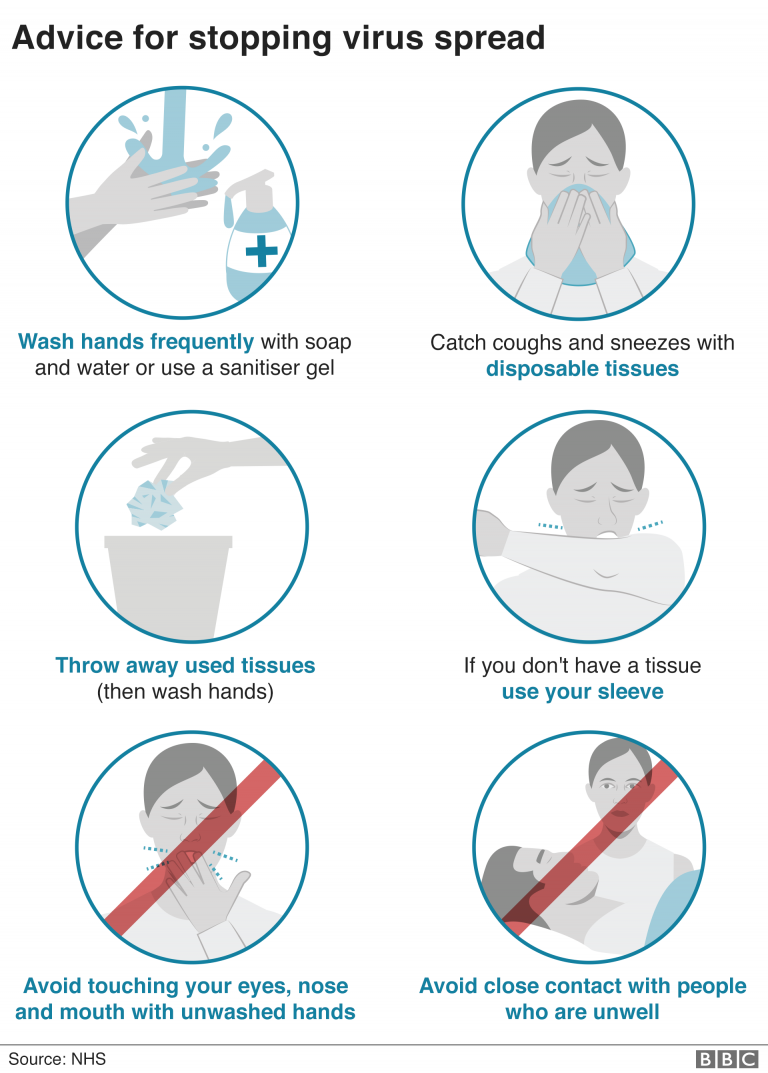
If you think someone else should read this article
please share using the links below.
1 Comment
Leave a Reply Cancel Reply
This site uses Akismet to reduce spam. Learn how your comment data is processed.
 MyTeamSafe
MyTeamSafe
Tom Greenberg
Coronavirus has led people to stay back home and carry out their chores sitting at home. The article was very helpful and informative. Thank you for sharing it with us.